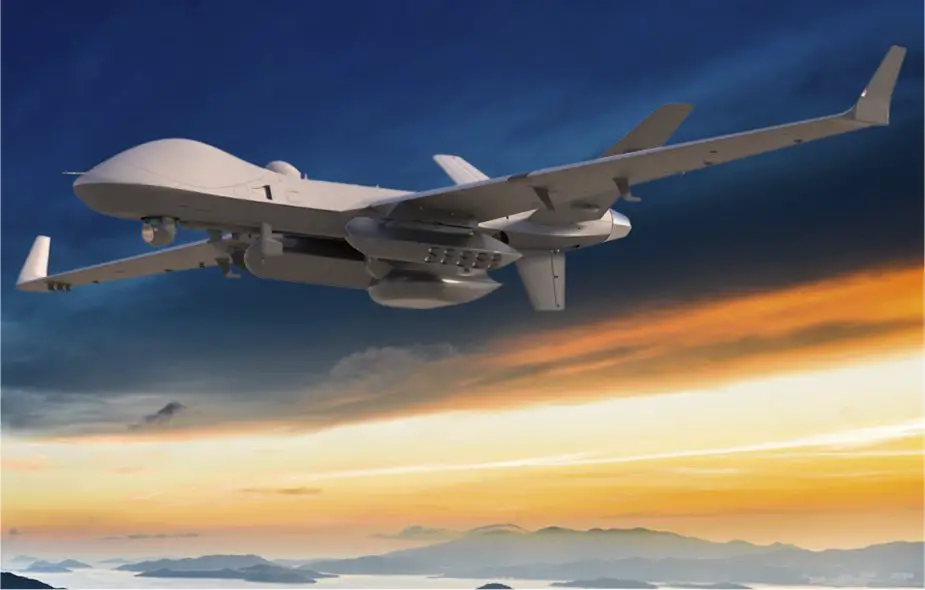Breaking news
Taiwan to purchase four SeaGuardian MQ-9B UAV from US.
According to information published by Wang Dingyu on August 31, 2022, after intensive discussions between the two sides, the Taiwanese Ministry of National Defense signed a contract for the acquisition of four SeaGuardian MQ-9B UAVs.
Follow Navy Recognition on Google News at this link
 Artist rendering of the SeaGuardian MQ-9B Unmanned Aerial Vehicle (Picture source: General Atomics)
Artist rendering of the SeaGuardian MQ-9B Unmanned Aerial Vehicle (Picture source: General Atomics)
The General Atomics MQ-9 Reaper (sometimes called Predator B) is an unmanned aerial vehicle (UAV) capable of remotely controlled or autonomous flight operations developed by General Atomics Aeronautical Systems (GA-ASI) primarily for the United States Air Force (USAF). The MQ-9 and other UAVs are referred to as Remotely Piloted Vehicles/Aircraft (RPV/RPA) by the USAF to indicate their human ground controllers.
The MQ-9 is a larger, heavier, and more capable aircraft than the earlier General Atomics MQ-1 Predator; it can be controlled by the same ground systems used to control MQ-1s.
A navalized Reaper, named Mariner, was proposed for the U.S. Navy's Broad Area Maritime Surveillance (BAMS) program. It had an increased fuel capacity for endurance of up to 49 hours.
Variations included one for aircraft carrier operations with folding wings for storage, shortened, reinforced landing gear, an arresting hook, cut-down or eliminated ventral flight surfaces, and six stores pylons for a total load of 3,000 pounds (1,360 kilograms). The Northrop Grumman RQ-4N was selected as the BAMS winner.
General Atomics continued with the Naval Reaper concept, turning it into the SeaGuardian. It has an endurance of more than 18 hours and can mount an eight-hour patrol at a radius of 1,200 nmi (1,400 mi; 2,200 km).
A key part of its mission set is the Leonardo Seaspray 7500E V2 AESA radar mounted as a centerline pod with inverse synthetic aperture radar that can spot surface targets including ships, submarine periscopes, and people during search and rescue operations.





























